Bigyani Das
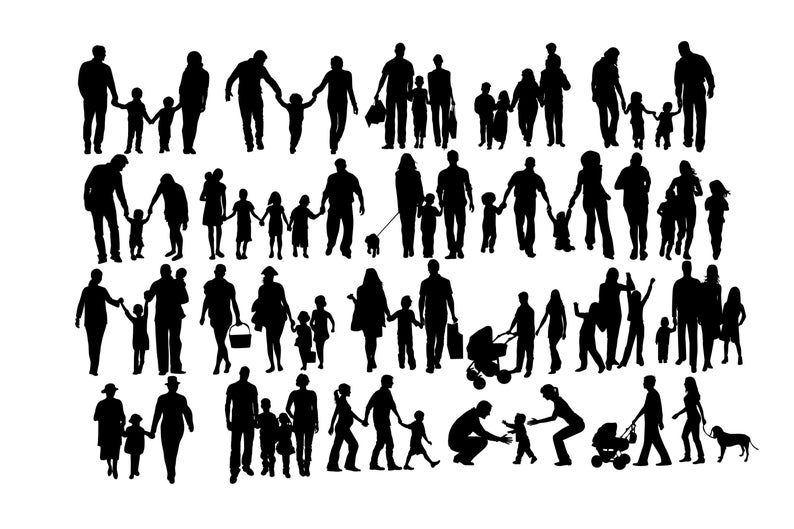
Last week on September 23, Monday, I received my weekly email from StoryWorth to write something about my ancestry. The question was “How far back can you trace your family ancestry”. I was shocked when I realized that I have very little knowledge on my ancestry.
StoryWorth was a gift from my middle daughter Mrunali (Lulu). She is a very creative gift giver and for our marriage anniversary this year, she gave us the gift of “StoryWorth”. “StoryWorth” is a web site that provides you opportunities to think about some important personal questions into deeper level and write them as stories to gift yourself and your family as memoirs after a year.
After I came back from my work, in the evening at the dinner table my husband Naresh and I discussed about our ancestry. Unfortunately, he also did not know much about his ancestry. Their family did not have good relationship with the family of his mother. Thus, he had no knowledge about his mother’s family. He had little knowledge about his father’s family since he had not seen his own grandfather or grandmother. They were deceased before he was born.
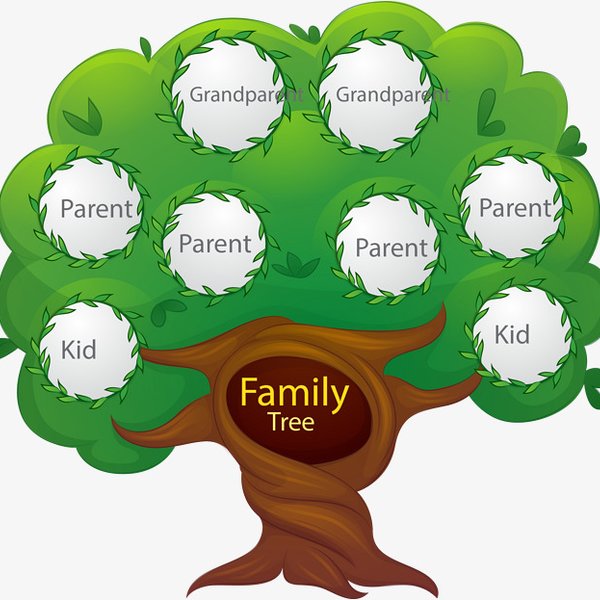
My situation was different. I just know my parents. I had the privilege to meet my paternal grandmother and maternal grandfather. My father’s father had passed away when he was about 4-5 years old. My maternal grandmother had passed away when my mother was about 4-5 years old. That had affected their way of life. My father was adopted by his maternal uncle and aunt at an early age. His real father’s name was “BhagabataSamal” and real mother’s name was “Sadhaba”. BhagabatSamal was born and raised in the village “Erada” of Odisha. My grandmother “Sadhaba Jena” was born in the village Haladibasant. Her father’s name was “Maguni Jena”.
In USA most people have their ancestry information for generations. They can trace back to even centuries to find out about themselves. Now-a-days this information is also very relevant for scientific research work in medical fields. As the field of genetics becomes strong and determining factor for several diseases and health conditions, ancestry has become very important.
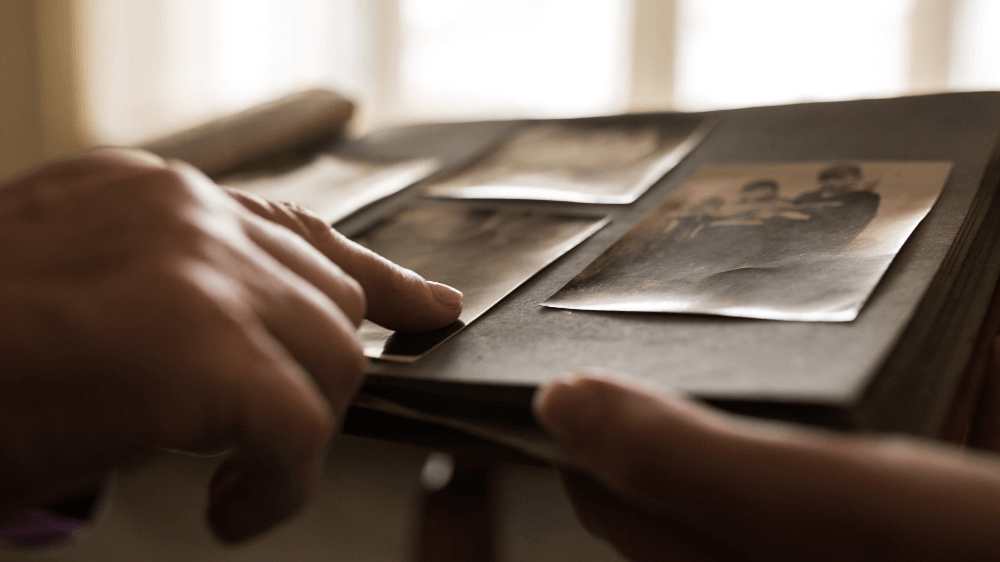
However, in Odisha, the life was very different when I was growing up. The records about birth, death, identity etc. were never maintained accurately. For example, my birth month, year, day etc. were completely changed in my records. My father’s recorded parental information was completely wrong etc.
As far as I remember, during death anniversary rituals people invoke male figures for last seven generations and they just remember the names of those male figures. Nobody cared for the women and about their contribution. All those things are changing now and I hope this “ancestry” record will be taken seriously and maintained accurately for future generations.
As the question from StoryWorth accelerated my thinking about my ancestry and I went back to my childhood, I remembered only the following about my two ancestors, my paternal grandmother and maternal grandfather that I shared with StoryWorth.
During my childhood I usually spent my holidays in the village Erada and spent time with my real grandmother as well as uncles, aunts and cousins. My grandmother was a very attractive lady even at her old age. My cousins and me all used to accompany her while going to the river to take bath. She would also take us with her when she visited other households in the village and the village temple. When it was time for me to leave Erada and come back to Haladibasant, she usually gave me some money like 5-10 rupees to spend on my wish list.
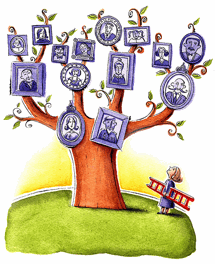
She was the controller of the household and everybody in the family had respect for her commands. As usually it happens in Indian households, the daughter-in-law serves the mother-in-law, shows that she respects her mother-in-law and cannot talk against a statement given by the mother-in-law. All my aunts were performing in their roles exactly as was expected out of them. They used to drink the water where my grandmother had to drop her feet/toe out of respect. That was the Odia tradition of showing respect to elders. As a child, sometimes I was sent to bring the “paada-dhua-pani” (the sacred water touched by the feet) from my grandmother. During those days, people were not putting shoes. Her feet would be so dirty and then she would put her toe in the bowl containing the water. I would throw that water, pour clean water in the bowl and then bring that to my aunts convincing them that the water was blessed by the grandmother’s feet.
My aunts feared my grandmother and never acted in anyway to make her feel bad. Even though she gave one son to be adopted by her brother, she had raised all three sons alone, had suffered a lot and hence my uncles were very respectful to her and took care of her. She died when I was in my college.
As regards my maternal grandfather, his name was Panua Jena. He was a very handsome and honorable man in his village Haripur. People respected him and sought his opinion on social and community matters, issues and justice system.
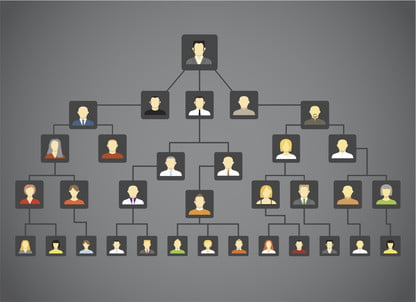
Due to some issues, there were misunderstanding between my maternal grandfather and my father’s adopted mother. We visited my maternal uncle’s house many times, however, not so often as other people used to do. That’s why I had very little interaction with my maternal uncle and maternal grandfather.
Unfortunately, I do not have any pictures of my paternal grandmother or maternal grandfather.
I feel so sad that I have so little information about my ancestry. The lost opportunity, the lost days would not come back for me. If my story can trigger some thoughts in other people’s mind to think and preserve their ancestry information for their future generation, I would be very happy.
(Dr. Bigyani Das is a Mathematical Scientist by profession and is a writer by passion. She lives in Dayton, Maryland, USA. She has published 4 story collections, one poetry collection and one novel in Odia language.)





























